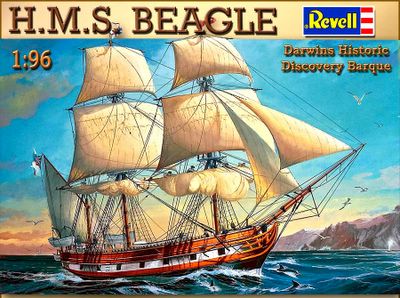The Luoping biota: exceptional preservation, and new evidence on the Triassic recovery from end-Permian mass extinction. 2010. Shi-xue Hu, et al. Proc. Royal Soc. B, published online before print Dec. 23.
New fossil site in China shows long recovery of life from the largest extinction in Earth’s history.Some 250 million years ago, at the end of the Permian, life was all but wiped out during a sustained period of massive volcanic eruption and devastating global warming. Only one in ten species survived, and these formed the basis for the recovery of life in the subsequent time period, called the Triassic. The new fossil site – at Luoping in Yunnan Province – provides a new window on that recovery, and indicates that it took about 10 million years for a fully-functioning ecosystem to develop.
‘The Luoping site dates from the Middle Triassic and contains one of the most diverse marine fossil records in the world,’ said Professor Benton. ‘It has yielded 20,000 fossils of fishes, reptiles, shellfish, shrimps and other seabed creatures. We can tell that we’re looking at a fully recovered ecosystem because of the diversity of predators, most notably fish and reptiles. It’s a much greater diversity than what we see in the Early Triassic – and it’s close to pre-extinction levels.’
Reinforcing this conclusion is the complexity of the food web, with the bottom of the food chains dominated by species typical of later Triassic marine faunas – such as crustaceans, fishes and bivalves – and different from preceding ones.
Just as important is the ‘debut’ of top predators – such as the long-snouted bony fish Saurichthys, the ichthyosaur
Mixosaurus, the sauropterygian
Nothosaurus and the prolacertiform
Dinocephalosaurus – that fed on fishes and small predatory reptiles.
link.
 conceivable subject within that field, although it was the osteology and taxonomy of the therapsids and other proto-mammals which was nearest his heart.
conceivable subject within that field, although it was the osteology and taxonomy of the therapsids and other proto-mammals which was nearest his heart.



























